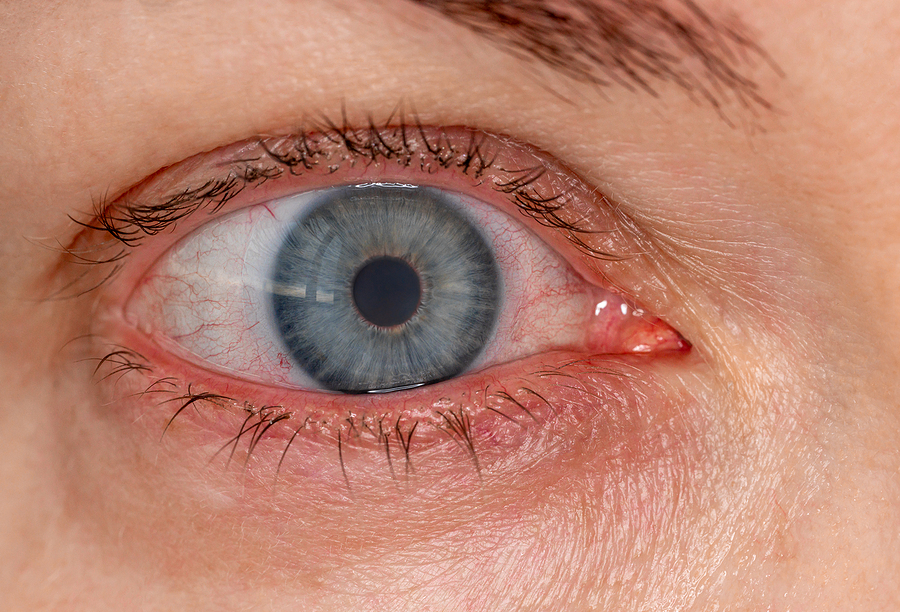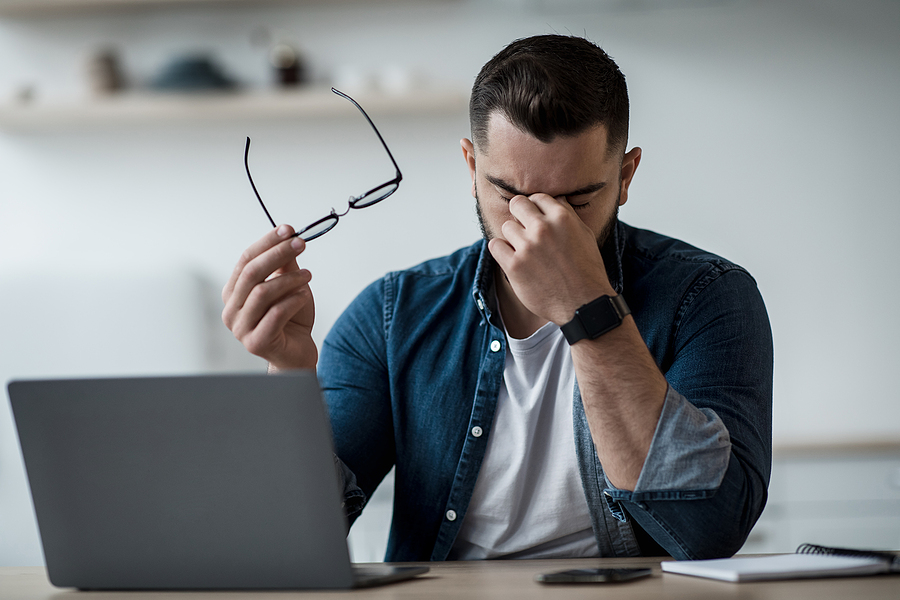There Are Two Types of Dry Eye

Aqueous Tear-Deficient Dry Eye
Evaporative Dry Eye
Why Tear Composition Matters
Tears are a complex mixture of water (produced by the lacrimal gland), fatty oils (produced by the meibomian gland), and mucus. These three layers must function in harmony. Dry eyes can be brought on by problems with any layer. The mucus layer aids in the distribution of the aqueous layer across the eye's surface, whereas the lipid layer prevents the aqueous layer from evaporating too rapidly.
Dry Eye Symptoms
If you are experiencing any of these symptoms of dry eye syndrome list below, we encourage you to schedule an examination.
Gritty Sensation in the Eyes
Itchy, Burning, or Redness
Stringy Eye Mucus
Blurry Vision
Watery Eyes
Light Sensitivity
Many of these symptoms can make wearing contact lenses uncomfortable, making it difficult to use your corrective eyewear to maintain clear vision. We are here to assist you in attaining relief, comfort, and clear vision This may involve simple eyedrops or more complex remedies.
What Causes Dry Eye Syndrome?
The Natural Aging Process
Damaged Tear Ducts
Eye Surgery
Inflammation around the Eyes
Medication Side Effects
Medical Conditions
Environmental Factors

Screens and Dry Eye
WHY BLINK RATE MATTERS
People typically blink between 15 and 20 times per minute, which is essential for maintaining the moisture of the surface of the eyes. Studies indicate that your blink rate decreases by 66 percent if you stare at a screen for extended periods of time.
This means that using a laptop, smartphone, or tablet can cause symptoms of dry eyes.
Practice the 20-20-20 rule to reset your blink rate and prevent screen-related dry eye. Every 20 minutes, remove your eyes from the screen for 20 seconds and focus on an object 20 feet away.
Dry Eye Diagnosis
Whether your symptoms are caused by rheumatoid arthritis, environmental factors, or other causes, we use both time-tested and cutting-edge diagnostic techniques to determine the most effective treatment for you.
Comprehensive Exam
Dr. Miller will take note of your symptoms before examining the ocular surface and conjunctiva (the membrane that covers the eye and lines the inner eyelids) for dryness using a variety of techniques.
InflammaDry
InflammaDry® is a non-invasive, low-cost technology that measures ocular moisture and MMP-9, an inflammatory marker. The results of an InflammaDry test are available in minutes.
Keratography
Keratography is a noninvasive method that analyses the corneal surface topography and the meibomian glands of the eyelids. It can also record the time that tears break up.
Dry Eye Treatment
Dr. Kenneth Miller can propose a treatment plan based on the underlying cause of dry eye syndrome once he has made the diagnosis. In general, therapies for dry eyes aim to increase tear production and quality while reducing tear evaporation and outflow. When appropriate, we employ numerous forms of advanced technologies to alleviate the symptoms.




